Open-source AI frameworks have become hugely popular in the past few years. They are driving innovative and automation at a grand scale across industries. Developers have shifted more toward open-source frameworks than closed-source frameworks because of higher flexibility and transparency. Such frameworks have enabled large-scale innovation in the field of machine learning and Artificial Intelligence. Essentially, open-source AI libraries help the developers to streamline and enhance the applications to align with distinct requirements.
In this blog, let us understand the best open-source AI libraries in great detail. We will look at the offerings of each and the range of possibilities they open for us. Being familiar with all these libraries will help you find the right option for your needs, also empowering you to make the best use of it.
First, let us take a few moments to understand the basics.
Understanding Open-Source AI Libraries
They are basically libraries that get released under a license. However, the source code is available to all. The copyright holders of these libraries enable users to utilize them and ensure some valuable modifications to the source code to include new features, enhance present features, and resolve bugs if there are any.
You will find various projects on GitHub that work across numerous operating systems so that teams can create custom solutions by utilizing present tools. Open-source AI improves accessibility to technology and allows apps to be relevant for diverse application areas.
The valuable advantages of Open-Source AI Libraries-
Free: Businesses and individuals of distinct sizes can leverage it.
Scalable: It can be utilized for projects of all sizes, ranging from big to small.
Community: A wide community of talented developers also contribute to the libraries.
Best 10 Open-Source AI Libraries
Various open-source AI libraries are listed in this section-
1. Tensor Flow:
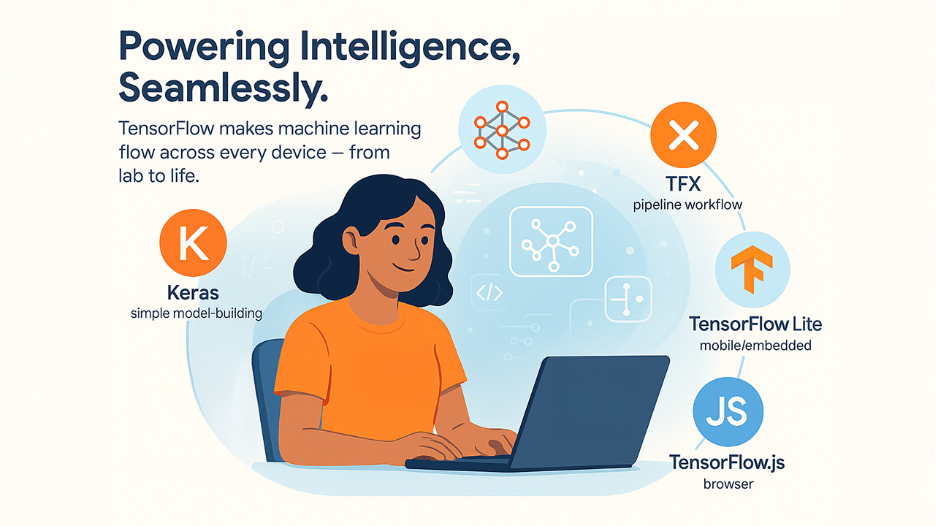
Google created the open-source machine learning library known as Tensor Flow to ensure establishing and executing machine learning models become simpler. It operates across a distinct range of platforms, including servers, desktops, and mobile devices. It can manage tasks ranging from standard neural networks to complex deep learning processes. Tensor Flow is a mainstream platform popular among developers and researchers because of its capacity and scalability to manage production level applications.
Important Characteristics:
High-level Keras API: It makes creating models quite simpler.
TensorFlow Extended (TFX): For comprehensive machine learning pipelines.
TensorFlow Lite: For model deployment to embedded devices and mobile devices.
TensorFlow.js: To operate models directly in the browser.
2. PyTorch:
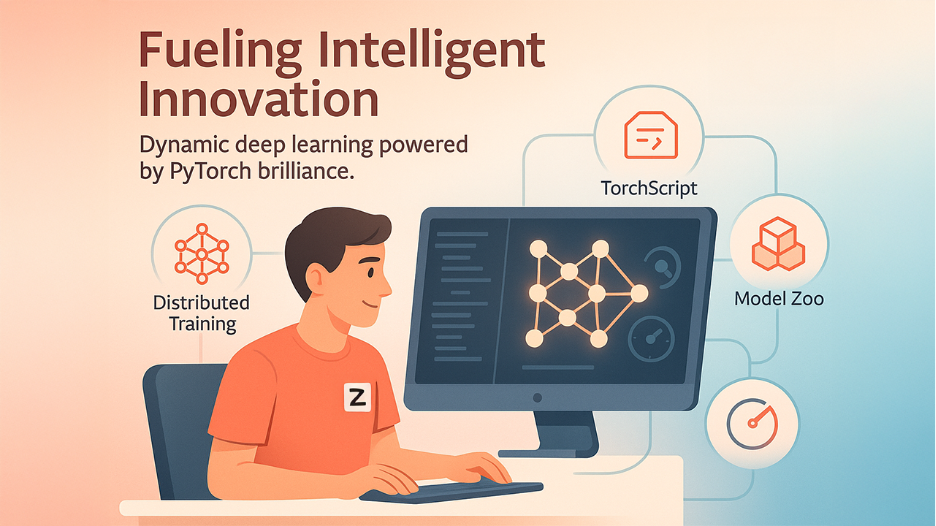
Facebook created the open-source deep learning framework “PyTorch,” which is well-known for its user-convenience and dynamic computation graph. It is vastly utilized for diverse tasks such as natural language processing, computer vision, and reinforcement learning, in both production and research settings. PyTorch has emerged as a popular choice among developers developing cutting-edge models and conducting experiments due to its smooth GPU support and Pythonic design.
Core Features:
Dynamic Computation Graphs: Allows modifications at runtime for more effective versatility.
TorchScript: Creates a model to operate in a production ecosystem.
Distributed Training: Multi-Node training, multi-GPU.
Large Model Zoo: Pre-trained models that are available for distinct AI tasks.
3. OpenCV:
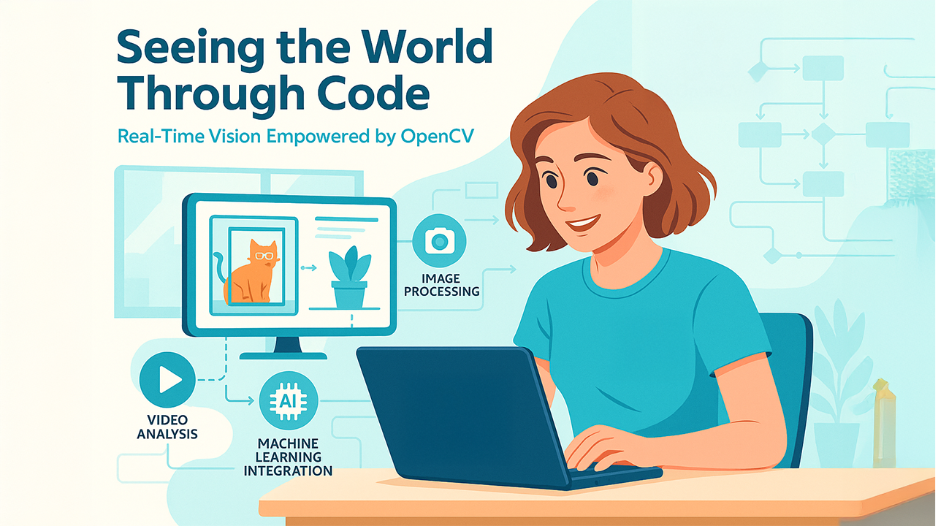
OpenCV is a computer vision open-source library specialized for tasks such as feature detection, image processing, object recognition, and video analysis. Real-time optimization implies that it can operate on a wide range of platforms including macOS, Windows, cell phones, and Linux.
Core Features:
Image Processing: Includes specific tools for edge detection, filtering, and object recognition.
Videotape Analysis: Real-time tracking of object and motion analysis.
Machine Learning Integration: Platforms utilized for training and utilizing machine learning models.
Cross-Platform Support: Operates across platforms such as iOS, Windows, Android, and Linux.
4. Scikit-learn:
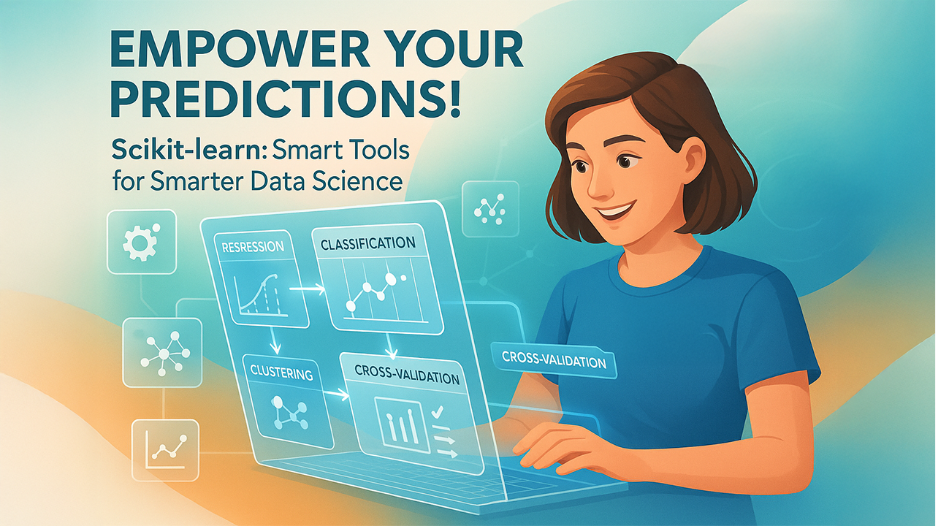
Scikit-learn is an efficient and simple library for predictive modeling and data science. It is a standard library used for top-level machine learning platforms developed on SciPy, NumPy, and matplotlib structured data.
Main Features:
Unsupervised and Supervised Learning: Tools for clustering, regression, classification, and dimensionality reduction.
Preprocessing Tools: For encoding, feature scaling, and imputation.
Model Validation: Grid Search, Cross-validation, and other methods for evaluation.
Pipeline Support: The library provides support for easy pipeline workflows for model training and data preparation.
5. Keras:
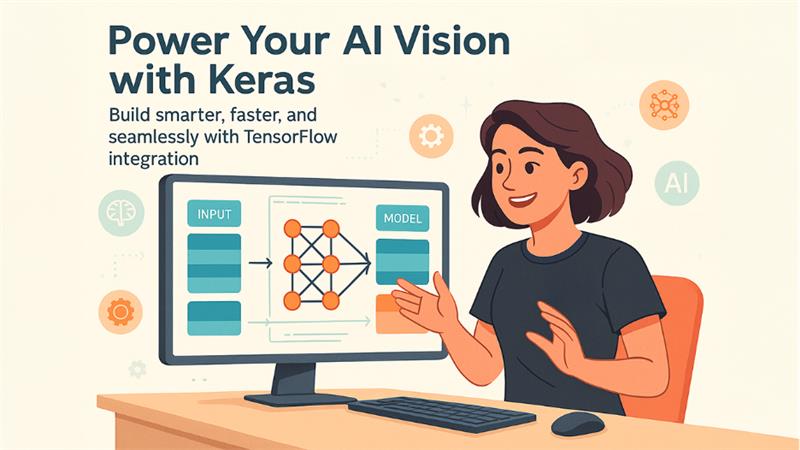
Keras is a Python-powered high-level neural network application program that enables developers to quickly create deep learning models. With Keras, there is sufficient power to deploy advanced applications. However, it is specialized to be innovative and user convenient. Being an interface for TensorFlow, Keras ensures that it is easy for developers while enabling advanced research and experimentation.
Core Capabilities:
Model Structure: Streamlined API for training and defining deep literacy models.
Support for Recurrent and Convolutional Networks: For tasks such as time series analysis and image recognition.
TensorFlow Integration: Developed on TensorFlow for sophisticated features.
Pre-trained Models: Ensures simple accessibility to pre-trained models for transfer learning.
6. Hugging-face Transformers:
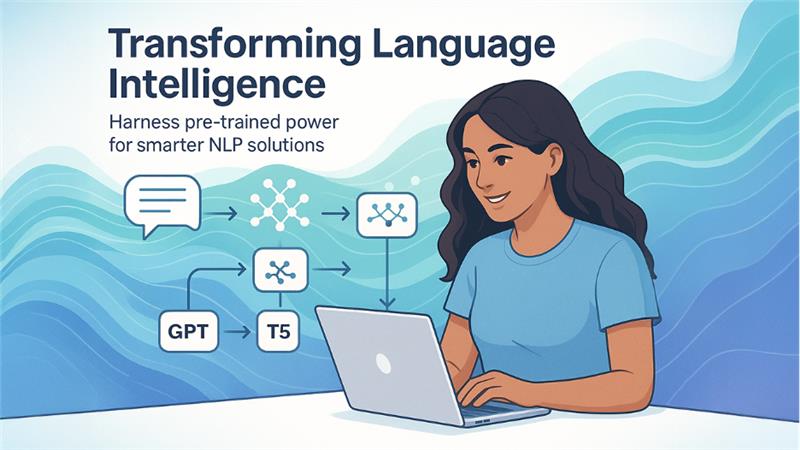
Hugging-face transformers are an in-demand library that provides contemporary and cutting-edge machine learning models to solve problems related to natural language processing. The library makes it quite simple for you to select the important parameters to incorporate into our model out of the vast list of parameters with countless hypercalls.
Core Features:
Pre-trained Models: Models such as GPT, BERT, and T5 are ready to deploy.
Simple Pipelines: Effective tools for tasks such as translation and task analysis.
Operates with datasets: Manages large datasets for testing and training.
Customized Fine-tuning: Switch models to align with your particular requirements.
7. SpaCy:
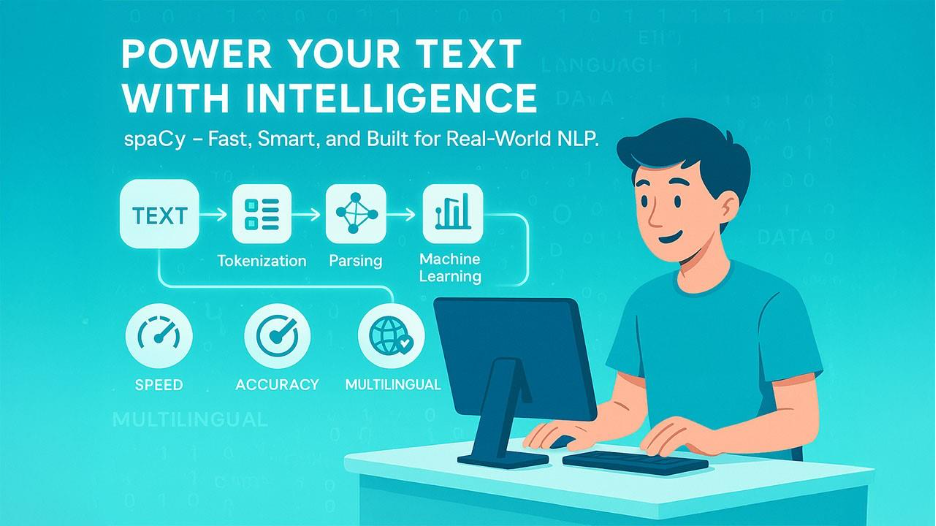
SpaCy is an effective NLP library personalized for production environments, ensuring platforms for text processing, parsing, and machine learning integration.
Key Features:
Top Performance: Streamlined for scalability and speed.
Pre-trained Models: Multilingual support including purpose-built domain models.
Custom Pipelines: Versatility to design and adjust text processing workflows.
Support for Deep Learning: Operates with neural network models for complicated NLP tasks.
8. GenSim:
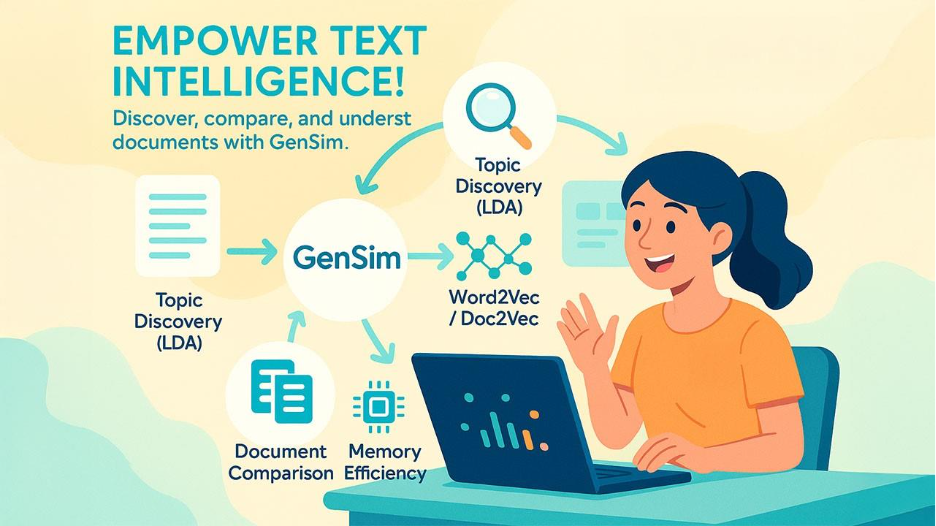
GenSim can be defined as an open library dedicated to assessing document similarity and modeling.
Top Features:
Topic Discovery: Executes techniques such as Latent Dirichlet Allocation (LDA) for finding topics.
Document Comparison: Platforms for assessing similarity between queries or documents.
Memory Efficiency: Specialized in efficiently handling extensive text corpora.
Text Embeddings: Provides support to methods such as Doc2Vec and Word2Vec for document and word representations.
9. NLTK (Natural Language Toolkit):
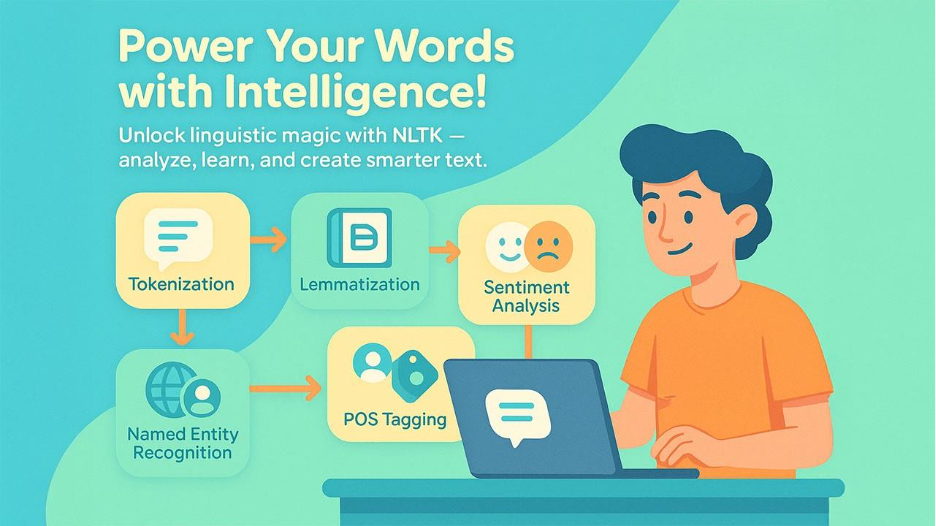
NLTK is one of the most broadly utilized libraries developed for implementing tasks such as tokenization, sentiment analysis, lemmatization, and stemming with manual language input. It ensures valuable ways to generate natural language applications and is generally utilized in computational linguistics research and training.
Key Features:
Text Tools: Divide text into words, locate root forms, or simplify words.
Linguistic Analysis: Recognize parts of speech such as verbs or nouns or find relevant names and places in text.
10. XGBoost:

XGBoost, an abbreviation for Extreme Gradient Boosting, is an open-source and scalable ML-powered library specializing in gradient boosting. It is capable of managing tasks such as classification, regression, and ranking with stunning predictive efficiency and accuracy. It is a go-to option for ensuring results in a timely and accurate manner because of its scalability and speed.
Main Features:
Gradient Boosting Framework: Executes sophisticated techniques to improve speed and accuracy of the model.
Versatility: It provides support to classification, regression, and ranking tasks with great simplicity.
Scalability: Efficiently manages large datasets across various distributed systems.
Feature Significance: Offers tools to track feature contributions and model performance.
Conclusion
Open-source AI libraries in 2026 are expected to provide a broad range of flexible, significant, and scalable platforms that benefit researchers, investors, and businesses. Such libraries enable creativity and invention without any limitations observed in personal systems, making it simpler to create personalized AI outcomes.
When selecting AI library for your design, it is significant to focus on your particular requirements and look for capabilities that will address them in the best way. With plenty of options available, choosing the best one will simplify your performance, expedite development, and ensure impactful AI operations. By utilizing open-source AI platforms, you can keep pace in the quickly moving world of technology and ensure success in your field.


